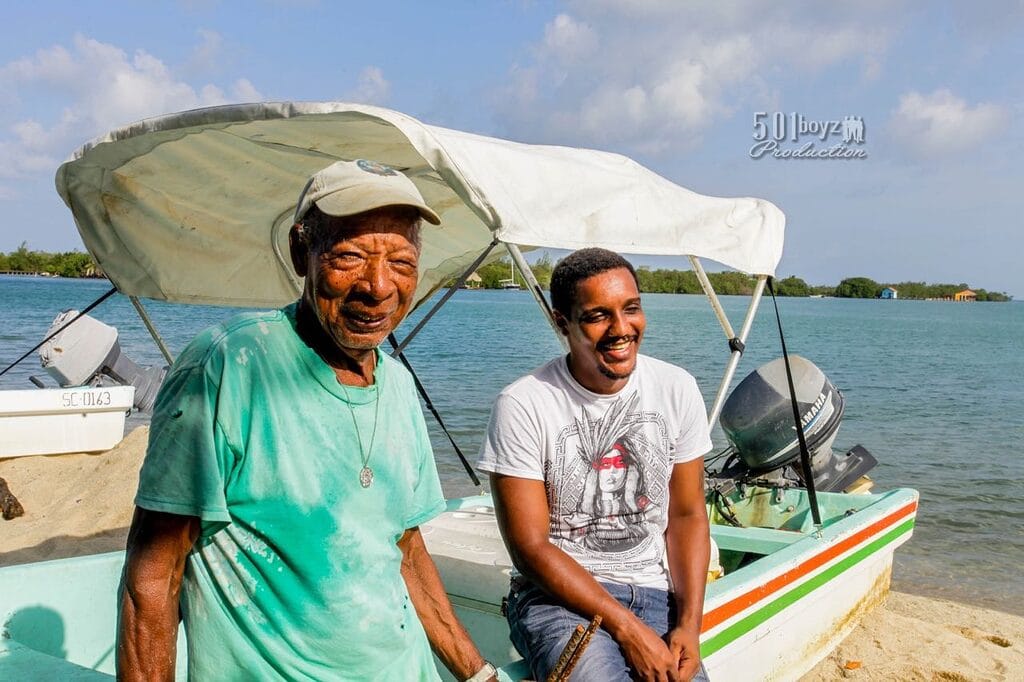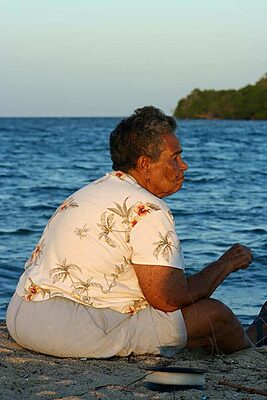Belizean Creole: More Than a Language — It’s How We Live
Belizean Creole, or Kriol as we call it, isn’t just a way to speak — it’s a way of life. It carries our history, our jokes, our greetings, and our everyday rhythm. Spoken widely across Belize by people of all backgrounds, Creole connects us, whether we’re in the market, on the bus, or deep in the jungle sharing stories.
🇧🇿 What Is Belizean Creole?
Belizean Creole is an English-based creole language that developed during the 17th and 18th centuries from the contact between enslaved Africans and British settlers in what was then British Honduras. Over time, it evolved into a unique language with its own grammar, pronunciation, and vocabulary, distinct from standard English.
While most words are derived from English, Belizean Creole has its own sound system and sentence structure. For example:
- Non-rhotic: We don’t pronounce the “r” at the end of words like “water.”
- Dental fricatives: The English “th” becomes a “t” or “d” — so “that” becomes “dat.”
- Consonant clusters simplified: Like “col” for “cold.”
It might sound fast to a first-time visitor, but once you hear the rhythm, it’s easy to feel the vibe.
📜 History and Roots
Kriol came out of necessity — a shared language between people who didn’t speak the same mother tongues. It mixed English with words and patterns from various West African languages, Spanish, Maya, and even some Garifuna terms over time.
As Belize evolved, so did Creole. Today it’s spoken by nearly everyone in Belize, whether of Creole descent or not. It’s the lingua franca — a national connector.
In Placencia, the Creole influence runs deep. The village has roots in both Maya and European settlements but was later shaped by five pioneering Creole families: Garbutt, Leslie, Eiley, Cabral, and Westby. My own family history traces back to this — my grandfather’s father, a Leslie, married into the Garbutt family, connecting two of the most recognized names in Placencia’s early settlement. This mix of family, land, and language made Placencia not just a village — but a cultural heartbeat.

👣 My Story: Growing Up Speaking Kriol
I grew up in Placencia, where mornings started with Johny cakes and laughter in Creole. My grandma baked on a fireheart, my mom sold coconut fudge, and everyone in the village greeted you with a “Weh di goan?”
Even now, on my tours across Belize — from the ATM Cave to the top of Xunantunich — I still speak Creole with my guests. Sometimes they ask, “What did you just say?” and I smile and translate. It’s part of the experience.
We say things like:
- “Goh bead” – Go take a shower
- “Mek wi drink a badman” – Let’s share some rum
- “Goh suh” – Move from there
- “One one craboo full barrel” – Every little bit counts
Language brings laughter. It brings belonging.
We also refer to our meals with unique expressions:
- “Tea” – Breakfast
- “Dinnah” – Lunch
- “Tea” again – Supper (yes, we say “tea” twice a day!)
At a very young age, I thought this pattern — tea, dinnah, tea — was just my grandma’s way. She drank tea every morning and again around 6 in the evening. Her favorite was rose tea. I’d join her sometimes, sitting quietly while the kettle steamed. Looking back now, I realize how deeply those small rituals shaped my love for Belizean language and culture.
Language brings laughter. It brings belonging.

🍽️ Taste of Belize
Some of my earliest memories are flavored with Creole food traditions:
- Johny Cakes – Soft, pan-baked bread my grandma made on a fireheart.
- Coconut Fudge – My mom sold this sweet treat around the village.
- Stew Coco Plum – A sugary summer favorite made from foraged coco plums.
- Rose Tea – My grandma’s favorite. We drank it together morning and evening.
These aren’t just snacks — they’re part of who I am. They remind me that culture lives in small, everyday moments, too.
🎙️ Why It Matters
In a country as multilingual as Belize, Creole is the glue. It allows people from all ethnicities to talk to one another — Maya, Mestizo, Garifuna, Creole, East Indian, Chinese. Everyone understands some Creole.
It’s also a marker of identity. When you hear it, you know you’re in Belize. It’s friendly, playful, expressive, and deeply local.
🌎 Learn a Few Belizean Creole Phrases
Want to impress your guide (maybe me!) or make a new friend on the bus?
Here are a few phrases to try:
| English | Belizean Creole |
|---|---|
| Good morning | Gud mawnin |
| What’s going on? | Weh di goan? |
| How are you? | How yuh di do? |
| My name is… | Mi naym da… |
| See you later | Lata! |
| Thank you very much | tank yuh! |
💬 Final Thought
I speak both English and Belizean Creole — and on tour, I speak both. Because Creole isn’t just a language. It’s how we tell stories, how we share food, how we build community.
If you walk with me through Belize, you won’t just see the country. You’ll hear it, too.
Want to learn more about the languages of Belize?
👉 Read: What Language Is Spoken in Belize?
Support my work capturing Belizean voices
👉 Support Me on Ko-fi
